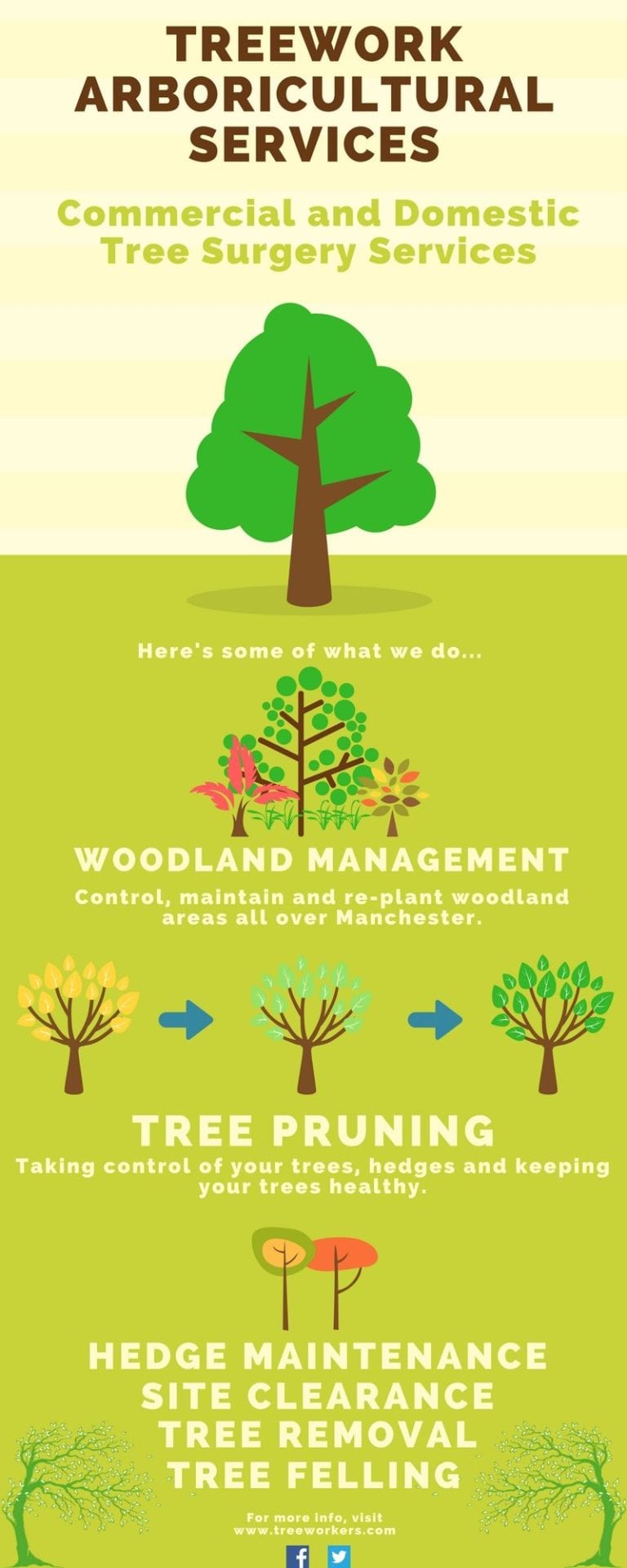Seasonal Tree Treatment: Just How To Take Care Of Trees Before And After Elimination
Seasonal Tree Treatment: Just How To Take Care Of Trees Before And After Elimination
Blog Article
Short Article Produced By-
When it pertains to seasonal tree treatment, making sure appropriate administration prior to and after elimination can considerably influence the wellness and appearances of your landscape. By comprehending the necessary actions associated with analyzing tree health and wellness and planning for removal, you can proactively safeguard your property. But what about the essential techniques to follow as soon as the tree is gone? Remain tuned to discover the essential post-removal care measures that will assist you cultivate a thriving and lasting setting for your trees.
Pre-Removal Tree Treatment
Before dealing with the removal of a tree, it's important to focus on pre-removal tree treatment. Start by evaluating the tree's health and wellness and structural integrity. Look for indications of disease, parasite invasions, or any type of structural concerns that might pose a safety and security risk throughout removal. It's important to speak with a qualified arborist to determine the best course of action.
Pruning dead or infected branches can protect against more damage to the tree and guarantee a smoother removal procedure.
Furthermore, think about the ecological influence of getting rid of the tree. Trees play a crucial duty in our environment, so planting a new tree in a suitable place can help offset any kind of loss. Guarantee that you have the essential authorizations and approvals for tree elimination, specifically if the tree is safeguarded by regional guidelines.
Seasonal Maintenance Tips
Examining your tree's needs throughout the year is critical for its health and durability. To keep your trees in leading condition, adhere to these seasonal maintenance pointers.
In spring, concentrate on pruning to remove dead or damaged branches and motivate brand-new growth.
Summertime asks for regular watering, specifically during droughts, to guarantee your tree remains hydrated.
As loss approaches, watch out for very early signs of illness or tension, and take into consideration using compost to shield the roots during winter season.
In wintertime, be cautious when eliminating snow from branches to stop damage, and continue to check your tree's overall wellness.
Bear in mind to readjust your treatment regular based upon the certain demands of your tree types and local climate. By remaining alert and positive throughout the periods, you can help your trees thrive and thrive for many years ahead.
Post-Removal Tree Treatment
To guarantee the wellness of your landscape also after tree removal, correct post-removal treatment is crucial. After a tree is gotten rid of, it's crucial to fill up the staying hole with topsoil and compact it to prevent settling. https://www.streetinsider.com/CDN+Newswire/Global+Food+and+Feed+Grade+Glycerin+Market+2020+%E2%80%93+Industry+Segment%2C+Drivers%2C+Trends%2C+Forecast+to+2025/17432543.html will assist preserve the integrity of the ground and stop possible threats in the future.
Think about planting new plants instead of the gotten rid of tree to recover the balance and appearances of your landscape. On a regular basis water the area to promote the growth of new plants and avoid soil erosion.
Inspect the surrounding trees for any signs of condition or stress that may have been caused by the removed tree. Keep an eye out for pests that might've been attracted to the previous tree and take safety nets to protect the staying vegetation.
If required, seek advice from a professional arborist to evaluate the influence of the elimination on the surrounding trees and establish any type of extra care required. By adhering to these post-removal care steps, you can ensure the ongoing wellness and beauty of your landscape.
Verdict
In conclusion, positive seasonal tree care is essential for keeping the health and wellness and equilibrium of your landscape. By evaluating tree health, trimming, and seeking advice from an arborist before elimination, you can make sure a safe process. After elimination, loading the hole, planting new plants, and regular watering will certainly promote brand-new development and avoid erosion. Keep in mind to evaluate surrounding trees for disease and seek additional care procedures from an arborist to maintain your landscape thriving.
